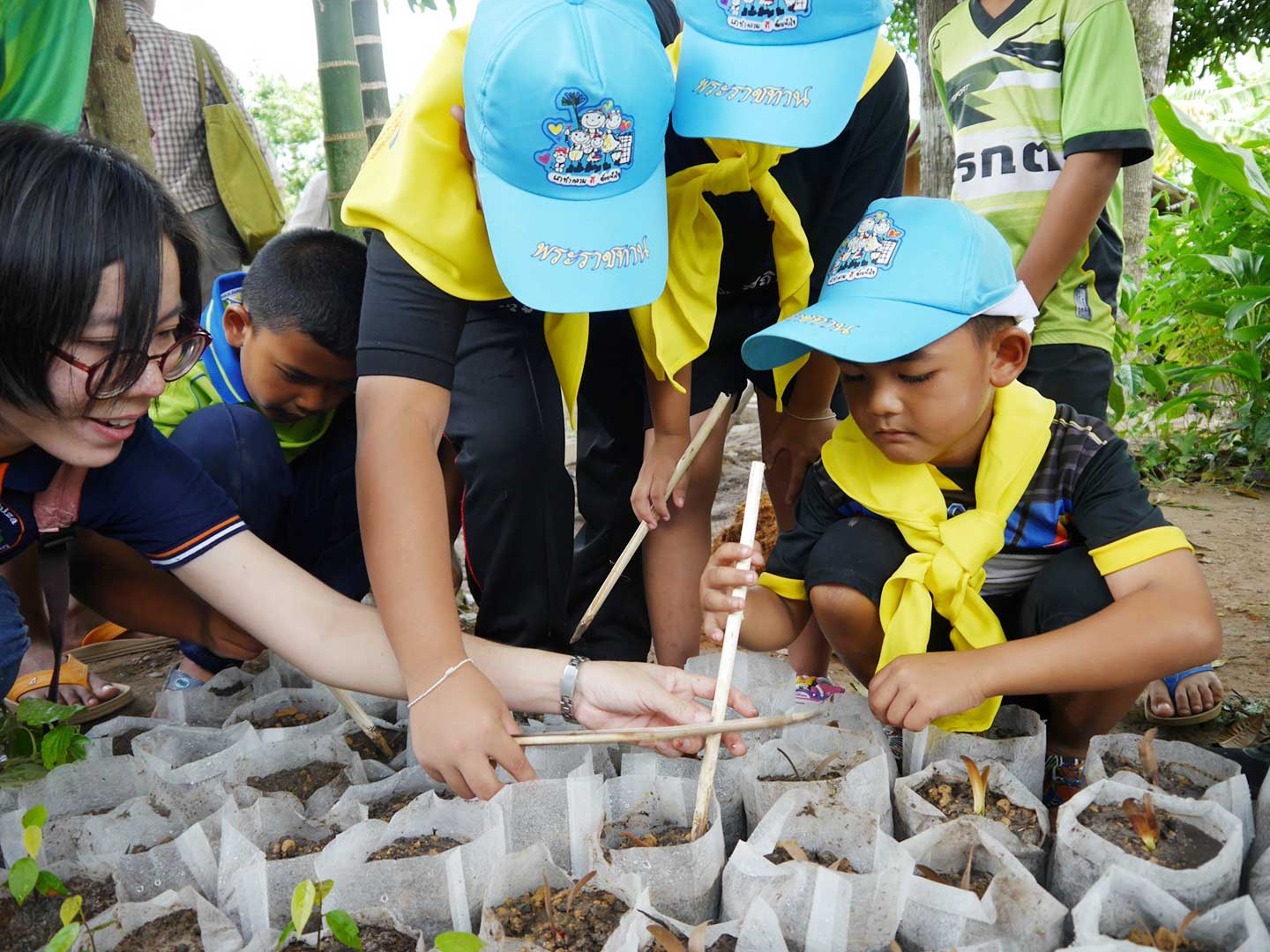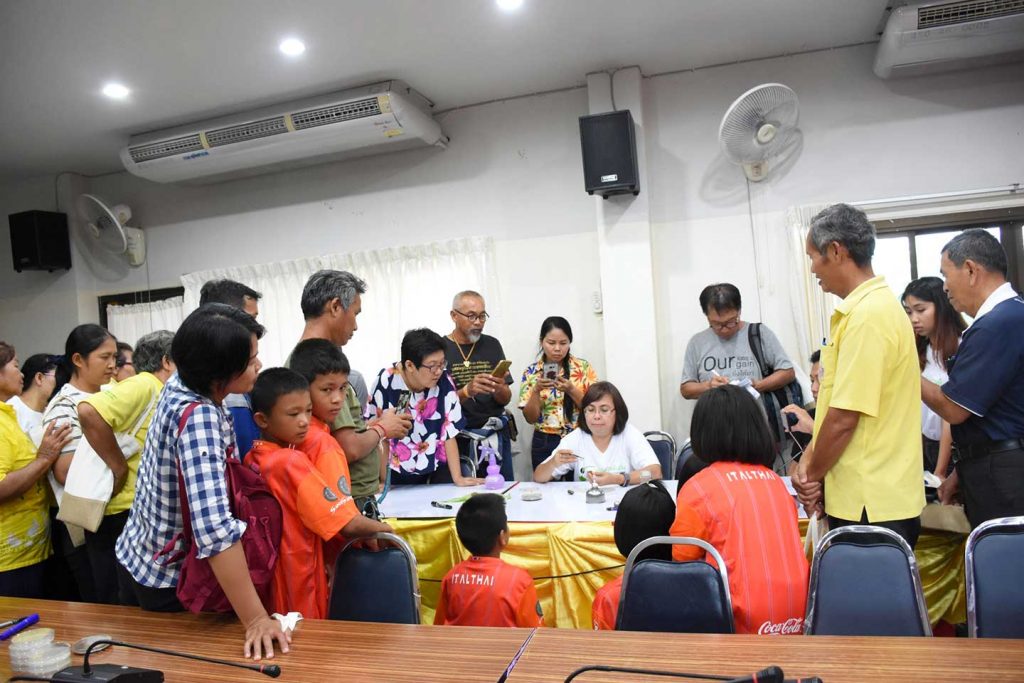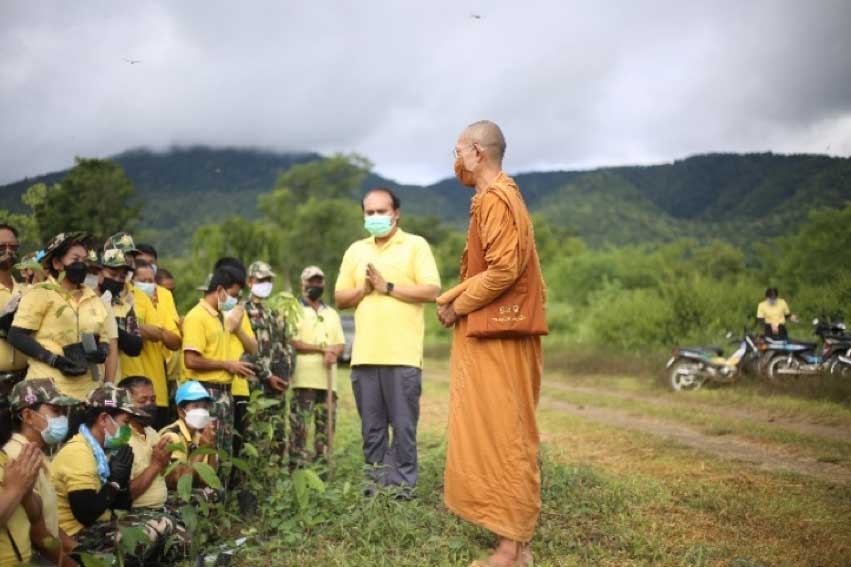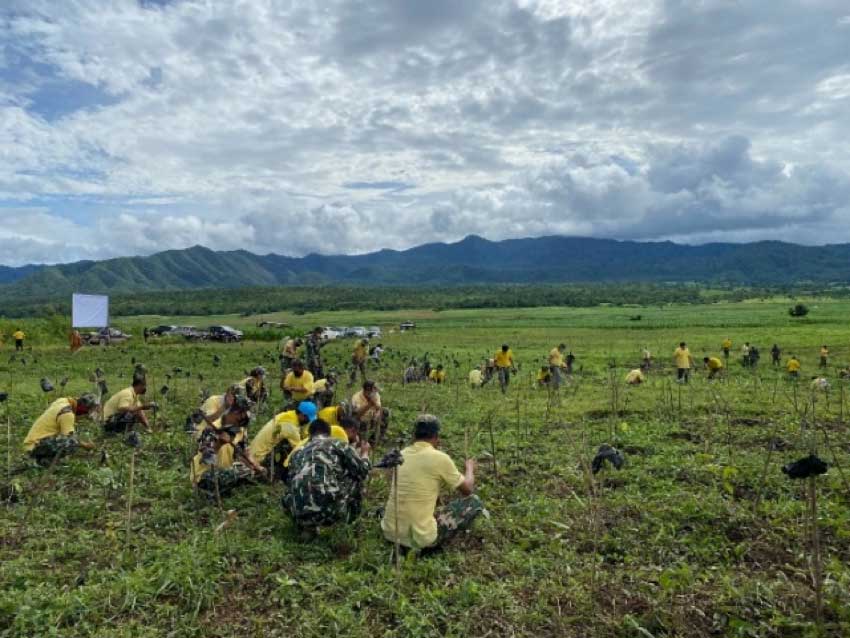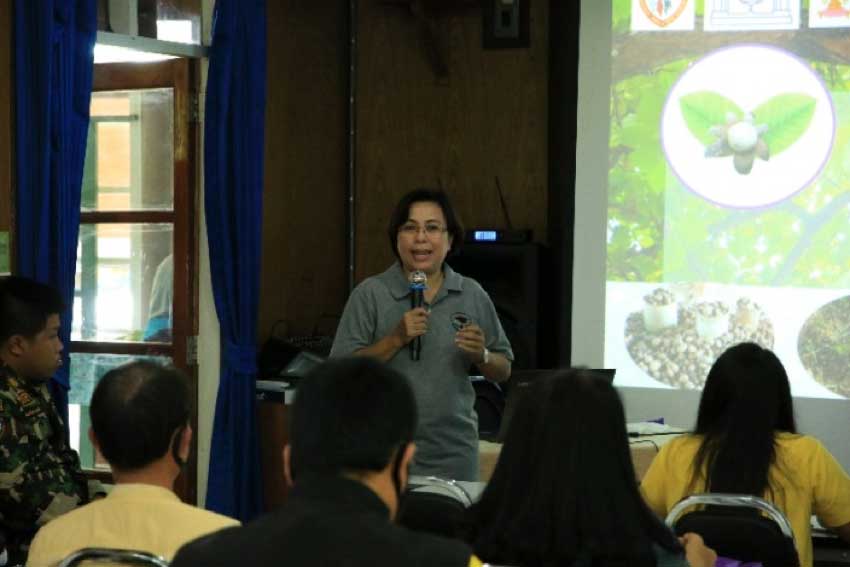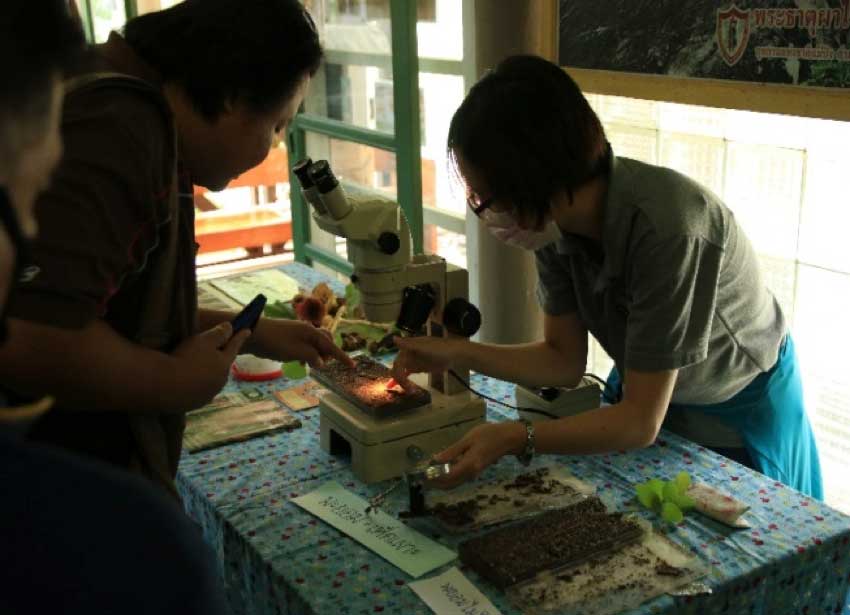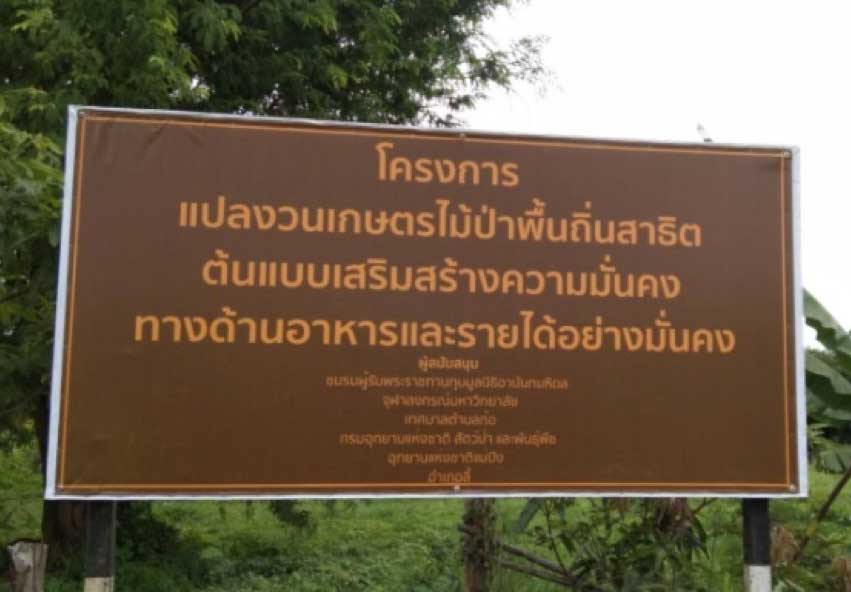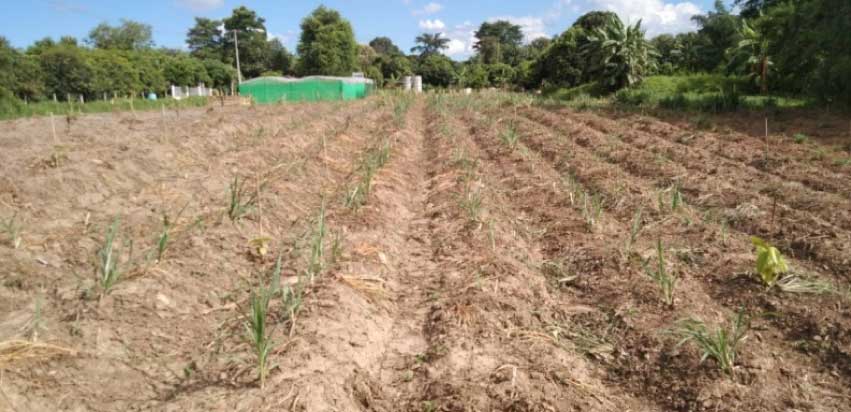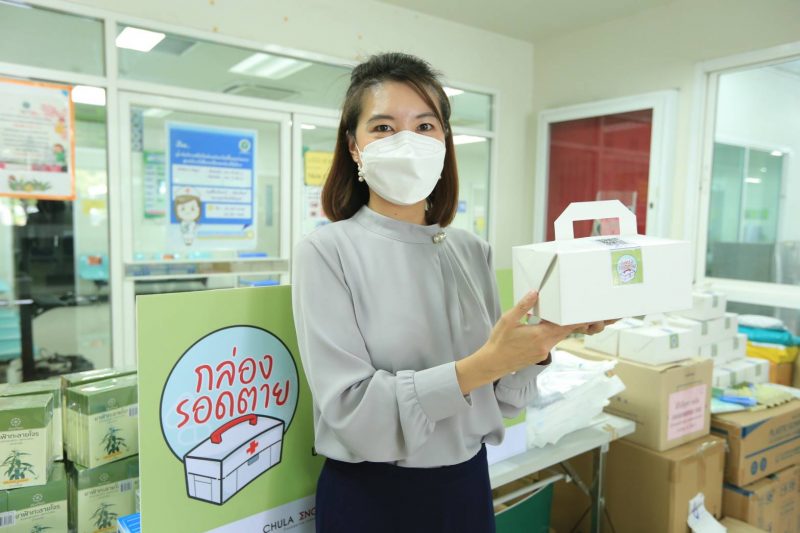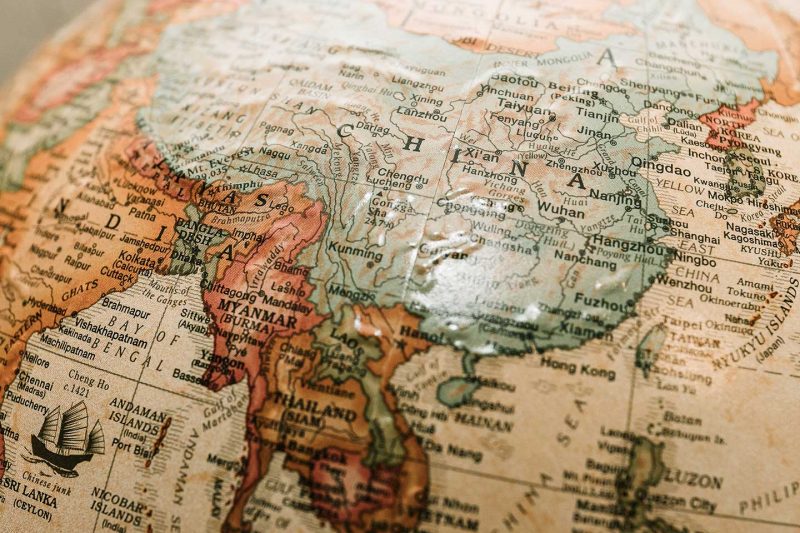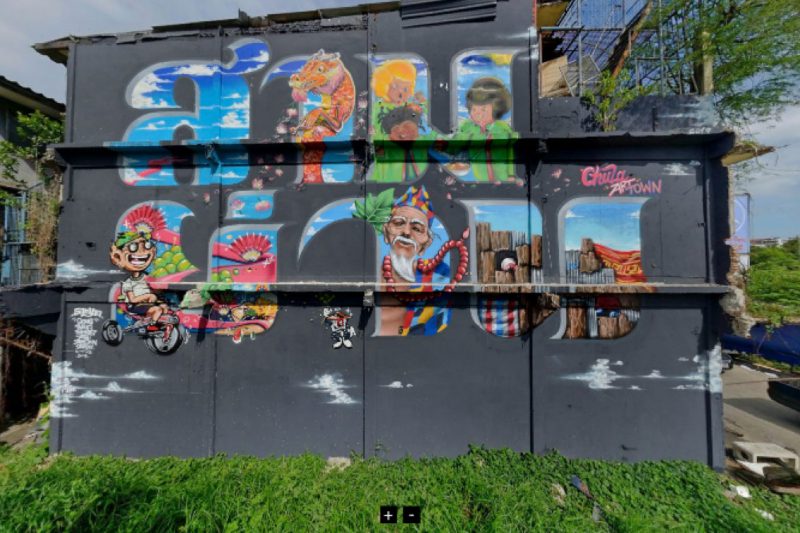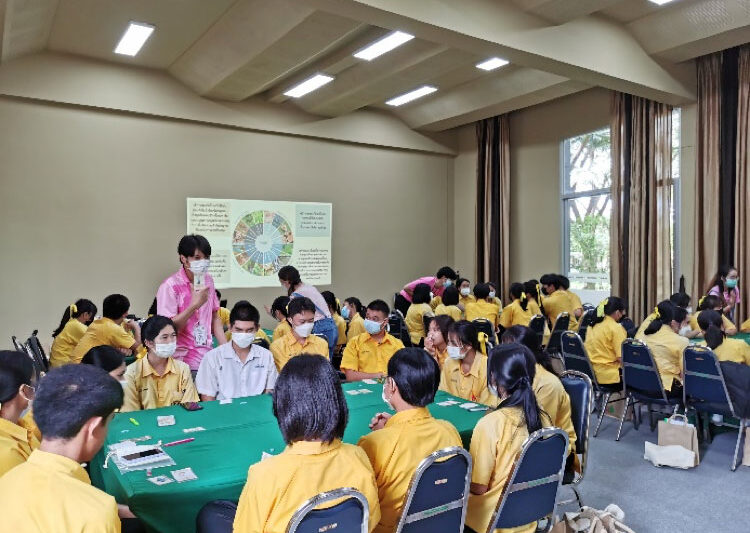Innovative reforestation and sustainable wildfire suppression with mycorrhizal technology for the mission to restore degraded forests “Ban Ko Sandbox”
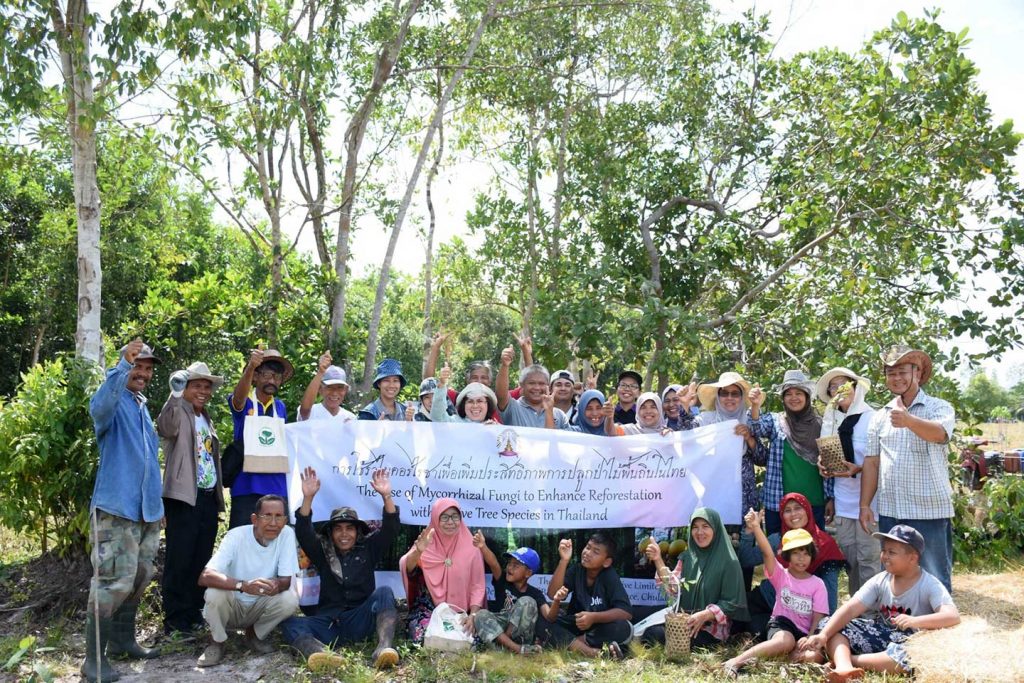
Despite the decline of the Thai forest in the past two decades, the Ministry of Natural Resources and Environment has reported that the country’s forestry will remain green at 31-33 percent. Thailand’s aim for forest protection is prioritized in its 20-Years National Strategy for 2018-2037. The initial goal is to expand its forest areas into 40 percent of the gross national space, especially with its existing 10,000 socio-ecological forests both within and beyond its conservation sites. These forests spread across 7,870,000 Rai which comprises around 7 percent of the national forest areas.
In 2018-2019, the gross national forest of Thailand is approximately 102,484,072.71 Rai, representing 31.68 percent of its total land. Still, wildfire, whereas from the natural cause of dry conditions or illegal burning, is a major problem that Thai forests face. Kasikorn Research has reported that in the period of October 2019 to April 2020, 170,835 Rai of forest areas throughout Thailand have been burned, of which more than three-quarters are forest areas in the Northern region. The illegal burning of the forests is caused largely by poverty and local beliefs that the burnt forest would offer fruitful mushroom growth thereafter. Thus, this native belief has been haunting Thai forestry for decades.
The local-caused illegal burning of the forests is one of the main catalysts that intensify global warming. Not only that it burdens the reforestation from the loss of natural microorganisms, nutrients, and humidity, the illicit wildfire is also a cause for the escalation of PM2.5 in the atmosphere that in-turn backfires on the locals’ health.
Reviving the devastating green space, then, starts with the restoration of the grounding soil. The Department of Botany in the Faculty of Science of Chulalongkorn University, as a specialist in soil-based microorganisms, has developed an effective approach to revitalize the local woodland. In 2005, the Local Development Program pioneered the study of Mycorrhiza in the Deciduous Dipterocarp Forest for the recovery of the watershed forest in Nan province. The researchers experimented on various types of Mycorrhiza and other local microorganisms as a mixture with soils and Nan’s local Botanics. For example, Gurjan, Taengwood, Hairy Keruing, and Pluang Tree. This ecological approach is a sustainable and eco-friendly way of reforestation.
With the success of this Mycorrhizal technology, Chulalongkorn University has broadened its positive result by providing young sprouts to multiple organizations in Nan province for further growth of the watershed forests. In addition, at least 3,000 Rai of local forests will be receiving such improvements through the establishment of the Chula-Saraburi station in Amphoe Kaeng Khoi in Saraburi province. Funded by the
National Research Council of Thailand (NRCT), the pilot project of ‘Mycorrhizal technology for Dipterocarpaceae forest building’ is set up as a provider of educating workshops and a knowledge hub for state entities and local participants in 2017.
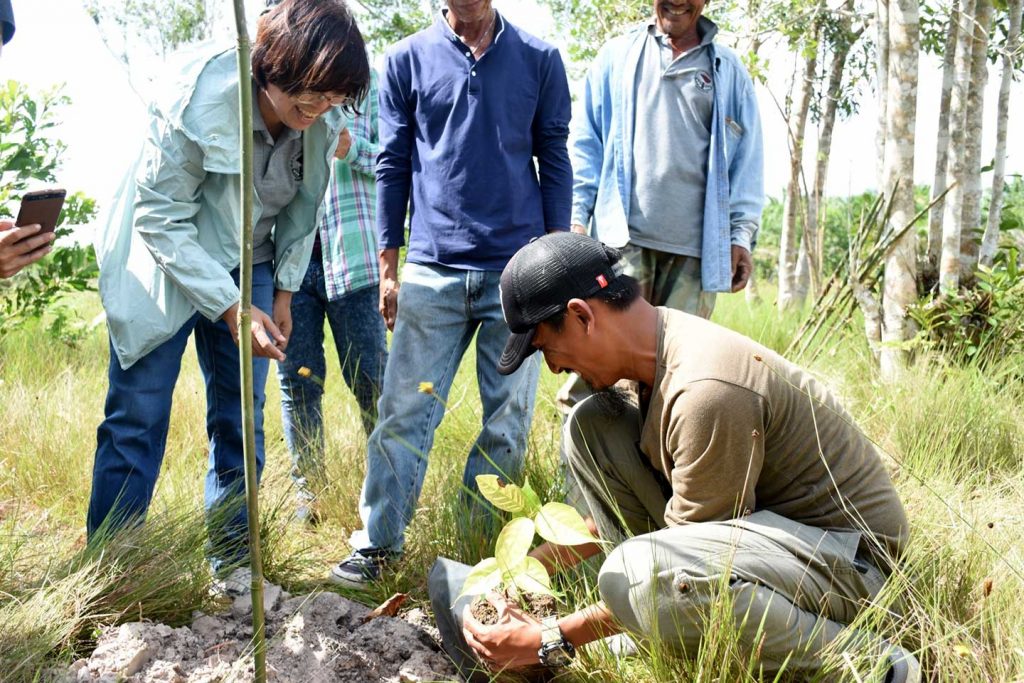
Later in 2018, Chulalongkorn University has bolstered its expertise in the Northeastern and Southern parts of Thailand. The Mushroom Initiative Limited, Hong Kong, an international NGO, funded the program supporting the use of Mycorrhizal for Thai reforestation. Moreover, workshops were held by the Native Species Reforestation Foundation for governmental agencies and locals in Nong Bua Lamphu province–including the sub-district administration of Tambon Uthai Sawan, Amphoe Na Klang and Tambon Klong Yang, Amphoe Koh Lanta in Krabi province. The Mushroom Initiative Limited, Hong Kong also expanded the program onto 10 areas in Thailand and 1 area in Lao People’s Democratic Republic with the information of the planted areas for adaptation with the future possible disasters. The body of knowledge is made handily accessible through online platforms such as Facebook and website.
Throughout the three years of operation of the program Throughout the past 3 years of implementing the project, the planted seedlings have grown exquisitely with proper humidity and lighting in the areas. Since 2019, the Anandamahidol Foundation and the Department of National Parks, Wildlife, and Plant Conservation have been supporting the operation in the hope of the resolution of the PM2.5 crisis in the Northern provinces of Thailand. Especially with two key areas of Amphoe Li in Lamphun province and Mae Ping National Park, ‘the Puff Ball Mushrooms Innovative Program for Healthier Forest and Profitability’ has raised local awareness of the hazard consequences from wildfire. Besides, many mushrooms growing opportunities, both for forest restoration and economic income, have influenced many locals into sustainable forest conservations.
With constant positive outcomes, Chulalongkorn University is now transcending this sustainable trend to the Second Army Corps in the Thai Ministry of Defense. Northeastern Sufficiency Economy Learning Center in Tambon Nong Phai Lom, Amphoe Mueang in Nakhon Ratchasima province has also developed the Mycorrhizal technology for agricultural developments.
A decade of determination to revitalize the environment by Chulalongkorn University and other associations not only strengthen the plantation of local forests but also shrink the time required for reforestation from centuries to solely 30-40 years of natural restoration. This development goes following the 20-Years National Strategy’s aim for forest conservation of at least 40 percent green areas. Last but not least, the approach can be applied to the post-wildfire forests anywhere globally.
Mission to restore degraded forests “Ban Ko Sandbox” increases the efficiency of dipterocarp forest restoration in Thailand.
The “Using mycorrhizal technology to increase efficiency of endemic forest restoration in Thailand” project has coordinated with the “Ban Ko Sandbox” project regarding conservation and restoration of degraded forests caused by wildfire, including the planting of endemic forests by using mycorrhizal technology. The purpose of the project is to convey knowledge, develop the right understanding, build a culture of participation in forest conservation and create sustainable cohabitation between locals and the forest through various activities as follows:
1. Lecture and practical training activities on “Innovation of barometer earthstar to reduce wildfire and smog; Reforestation as a way to earn a living” with the support of the Ananda Mahidol Alumni Club and Mae Ping National Park, Lamphun Province. The activities aim to educate the local community, including related agencies to develop a better understanding of mycorrhizal technology, especially barometer earthstar and other wild mushrooms that have a dependency relationship with endemic plants in the forest.
2. Endemic forest restoration activity for conservation in the national park area with mycorrhizal technology is an activity that Mae Ping National Park officials, locals, including government agencies in Li District, Lamphun Province, jointly reforestation in pilot areas, implementing Section 64 under the National Park Act of 2019 to accelerate forest restoration in Mae Ping National Park. The project is a great success and establish sustainable forest management, it can be used as a prototype of restoring conserved forest for other national parks in the future by planting additional endemic plants into such areas to create a variety of endemic plants, especially the dominant species of trees which are members of the deciduous dipterocarp forest and apply mycorrhizal technology to the seedlings before transplanting.
3. Activity regarding building a demonstration plot of endemic plants to enhance food security and sustainable source of income, the prototype demonstration plots are in the area of Ko villagers, approximately 3 Rai, experimenting with agroforestry farming. Cultivation of endemic forest plants that are used as food and source of income for the owners of the area, such as host plants of barometer earthstar; Dipterocarpus tuberculatus Roxb., Shorea obtusa Wall., Shorea siamensis, Dipterocarpus obtusifolius Teijsm., etc. Melientha suavis, bamboo, and various medicinal herbs, including agricultural crops that are sources of income for farmers in addition to maize that were planted regularly, such as grapes, asparagus, durians, etc., help villagers to have stable and sustainable sources of income. This can also help reduce forest encroachment and disturbance in the park areas.
4. Activity regarding degraded community forests restoration with mycorrhizal technology from barometer earthstar, the activity aims to restore the community forests of the villages located around the boundary of Mae Ping National Park’s forest areas. With the coordination between Mae Ping National Park officials and Ko villagers, the barometer earthstar mycelium leavening agents have been applied to the host plants in the community forest, such as Dipterocarpus tuberculatus Roxb., Shorea obtusa Wall., Shorea siamensis, Dipterocarpus obtusifolius Teijsm., etc.
In addition, in 2021, the “Integrated project on the use of barometer earthstar for forest restoration and reducing PM 2.5 caused by forest burning in the boundary area of Mae Ping National Park, Lamphun Province” was also implemented with support from the National Research Office (NRCT) together with the Ananda Mahidol Alumni Club and Mae Ping National Park. Reforestation and restoration of forest in Mae Ping National Park areas, implementing Section 64 under the National Park Act B.E. 2562, using 15 Rai of endemic plant seedlings applied with barometer earthstar mycelium leavening agents and expanding the network to youth groups “La-On-Kha-Huk-Tinkerd” which is the local children who love their homeland and aim to regain the good environment. The group participated in the reforestation coalition to strengthen the forest conservation and restoration network, monitoring wildfire by coordinating with park officials and agencies in the community.
BY
Faculty of Science, Chulalongkorn University
Previous related articles:
Related articles:
Others
Chulalongkorn Stages Future Sustainable Asia to Discuss Inequality
Chulalongkorn University in partnership with KFAS co-organizes the inaugural Bangkok Forum of “Future Sustainable Asia” to discuss “Integrating Knowledge for Social Sustainability.”

